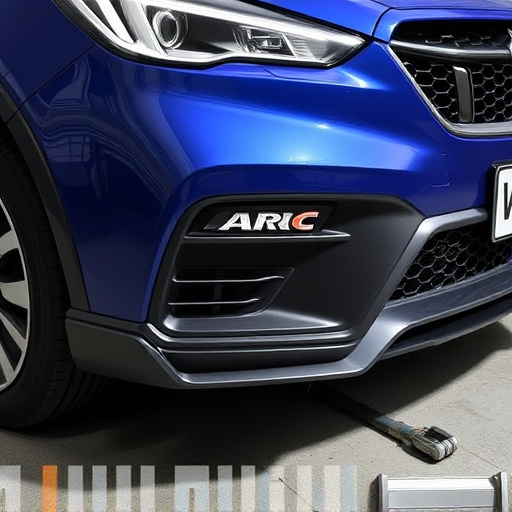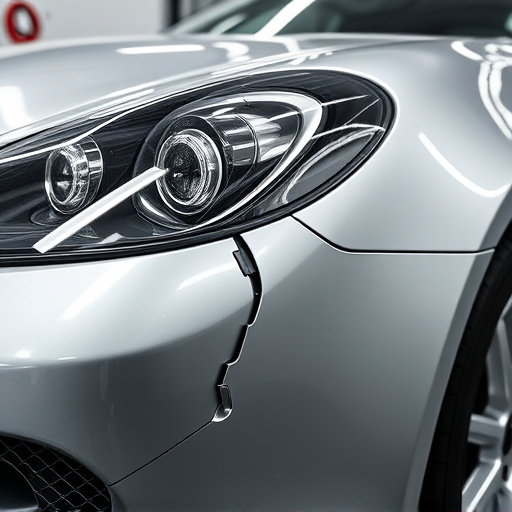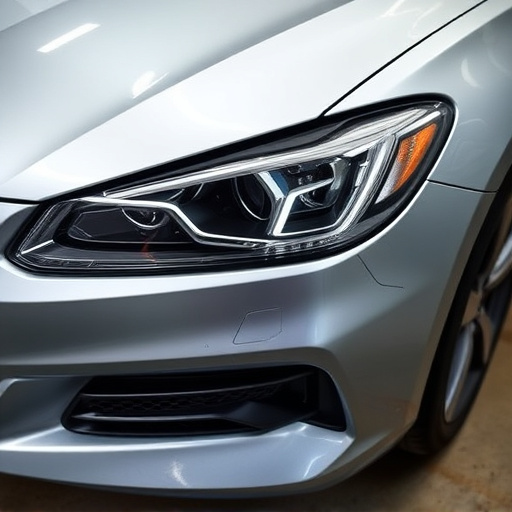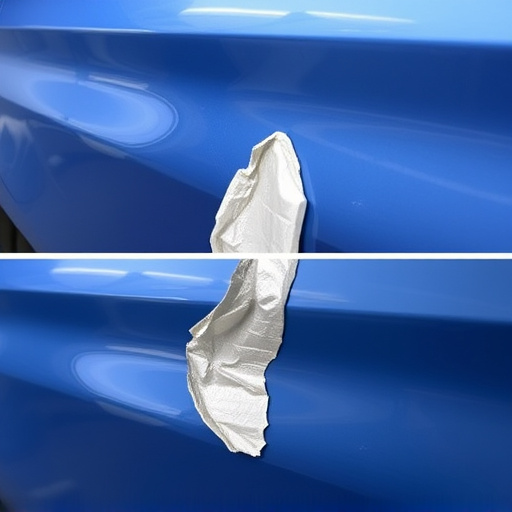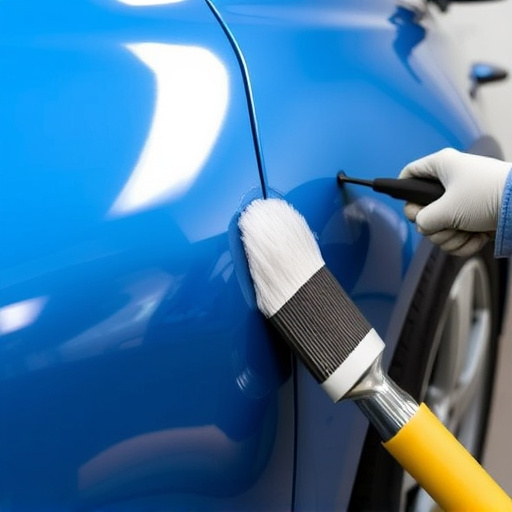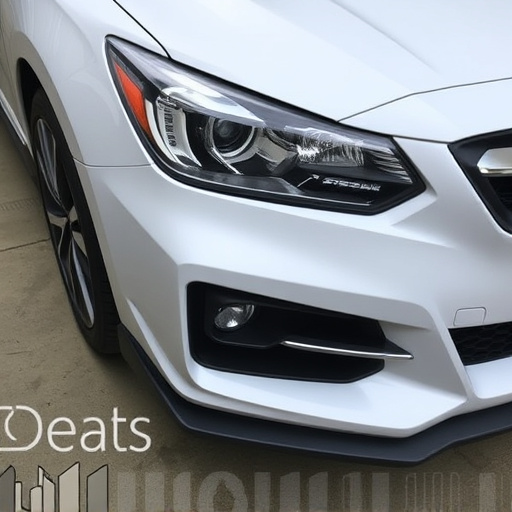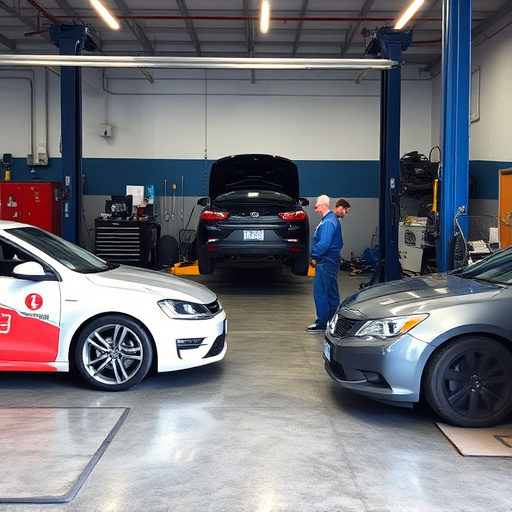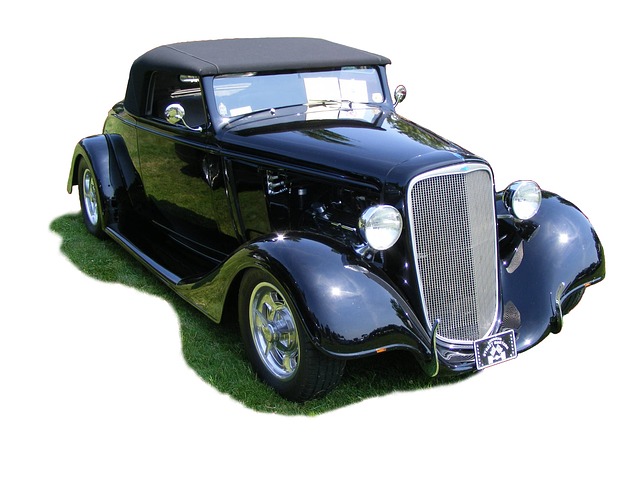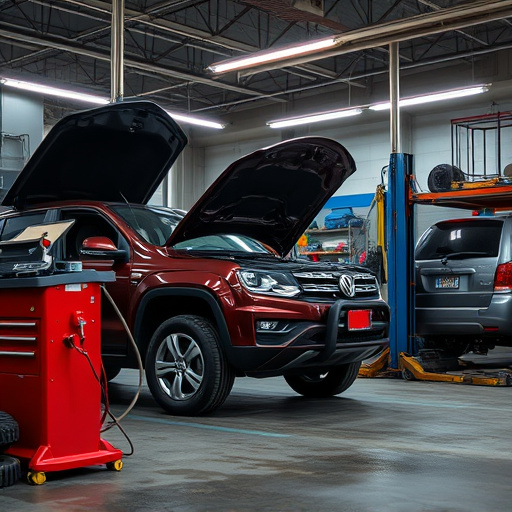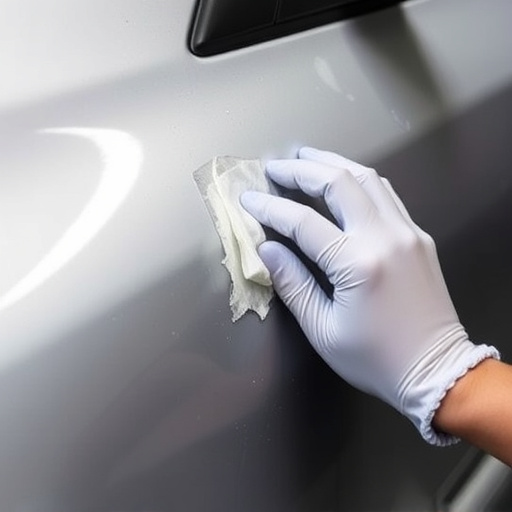Aftermarket auto glass offers lower costs but potential safety risks compared to OEM glass due to varied fitment, quality, and certification standards. While it provides customization options, ill-fitting parts can cause leaks or functional issues, impacting safety and repair outcomes. Limited warranty coverage from some manufacturers further complicates decisions between aftermarket and OEM glass for collision repairs.
Aftermarket auto glass has gained popularity among car owners seeking cost-effective replacements. However, auto shops often caution against its use, citing safety risks and potential compatibility issues. This article delves into the world of aftermarket glass, exploring its benefits and drawbacks compared to OEM (original equipment manufacturer) alternatives. We’ll uncover why auto shops may advise against it while also highlighting situations where it’s a viable option, along with tips for making informed choices.
- Understanding Aftermarket Auto Glass: Benefits and Risks
- – Definition and types of aftermarket glass
- – Advantages and disadvantages compared to OEM (original equipment manufacturer) glass
Understanding Aftermarket Auto Glass: Benefits and Risks
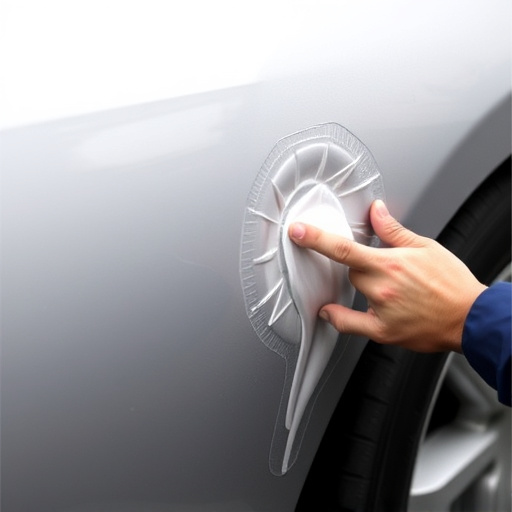
Aftermarket auto glass refers to replacement windshields or window panes that are not produced by the original manufacturer of your vehicle. While these options can be significantly cheaper than OEM (original equipment manufacturer) glass, they come with a range of benefits and risks. Many auto repair shops recommend against using aftermarket glass for several reasons.
One of the primary advantages of aftermarket glass is its cost-effectiveness. It’s often a fraction of the price of factory-spec glass, making it an attractive choice for those looking to save money on collision damage repair or vehicle maintenance. However, risks include reduced quality and safety standards. Aftermarket glass may not meet the same stringent criteria as OEM parts, potentially compromising the structural integrity of your vehicle during a crash. Moreover, some cheaper options might not be designed to fit perfectly, leading to leaks or other functional issues that can compromise the overall experience of your auto repair shop visit and even pose safety hazards in the event of another collision.
– Definition and types of aftermarket glass
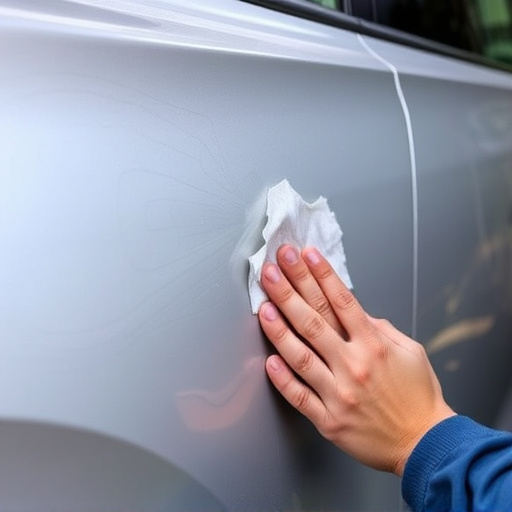
Aftermarket auto glass refers to replacement windshields, side windows, or backlasses that are produced and sold independently from the original equipment manufacturer (OEM). These glasses can be made from various materials like tempered glass, polycarbonate, or laminates, offering different levels of durability and safety. They often come in a wide range of options, including lower prices, custom designs, and even enhanced features like UV protection or heat rejection coatings. However, it’s crucial to understand that not all aftermarket glasses are created equal. While some can provide excellent optical clarity and safety standards, others may fall short, leading to potential issues for drivers.
When considering aftermarket glass for car damage repair or vehicle paint repair, factors such as fitment, quality control, and certification become paramount. Some types, especially those offered at lower prices, might not perfectly align with the vehicle’s original specifications, leading to improper installation that could compromise safety during driving. Moreover, subpar materials or poor manufacturing processes can result in poor optical quality, reduced durability, or even legal issues related to safety standards, particularly for dent removal services where accurate fitting is crucial. Therefore, it’s essential to weigh these factors carefully before opting for aftermarket glass to ensure both safety and optimal performance for your vehicle.
– Advantages and disadvantages compared to OEM (original equipment manufacturer) glass
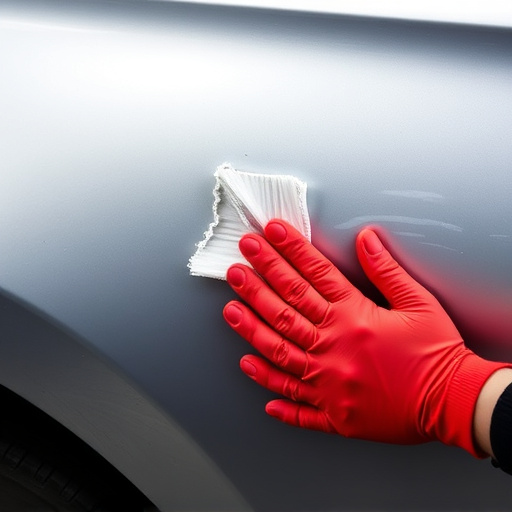
Aftermarket auto glass offers a range of advantages over original equipment manufacturer (OEM) glass when it comes to vehicle restoration and automotive repair. One of the key benefits is cost-effectiveness, as aftermarket products are generally more affordable than OEM replacements. This makes them an attractive option for collision repair shops aiming to offer budget-friendly solutions without compromising on quality. Additionally, aftermarket glass can provide a wider variety of options in terms of style, color, and tinting, allowing for more customization during the automotive repair process.
However, there are also disadvantages to consider. Aftermarket auto glass may not always meet the same rigorous standards as OEM glass, which can lead to potential issues with fitment, durability, and safety. In a collision repair shop, where precision and reliability are paramount, these discrepancies could result in subpar repairs. Furthermore, some aftermarket manufacturers may not offer the same level of warranty coverage as OEM suppliers, leaving vehicle owners potentially vulnerable in case of future problems. Thus, while cost-effectiveness is an allure, it’s crucial for both consumers and collision repair shops to weigh these drawbacks carefully when deciding between aftermarket and OEM glass for vehicle restoration projects.
When considering aftermarket auto glass, while it offers cost savings and customization options, auto shops often caution against its use due to potential risks. Lower quality and improper installation can lead to safety hazards, especially in the event of a collision. Therefore, it’s essential to weigh the benefits against the drawbacks and ensure proper sourcing and installation to make an informed decision regarding aftermarket glass for your vehicle.

